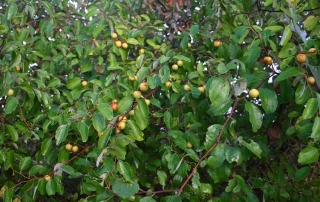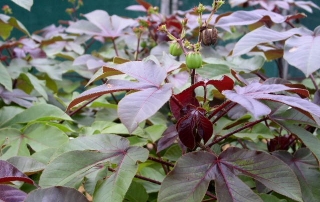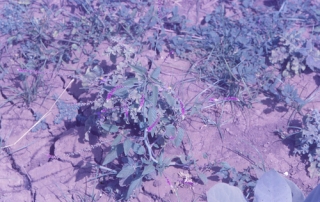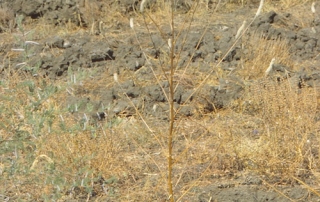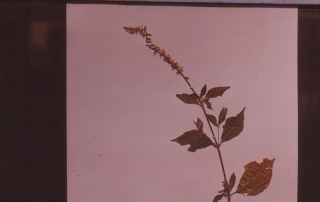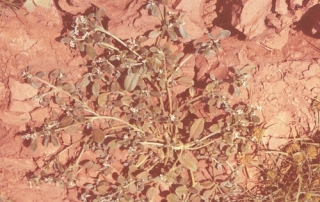Chinee apple (Ziziphus mauritiana)
Chinee apple is native to Southern Asia and Tropical Africa. It has grown in China for over 4000 years and is among the best 5 fruit trees of China. It is a thorny, long-lived woody perennial (100 or more years), densely branched shrub or small tree (up to 10 m high) with a spreading canopy up to 10 m across. Thorns are in pairs, one straight and one re-curved. It produces fleshy-fruited drupes which are high in crude protein, fibre, lipids and carbohydrates in addition to important minerals including potassium, sodium and phosphorous which are vital nutrients for pregnant and lactating women. The fruit flavour is slightly reminiscent of inferior apples. The fruit-pulp is dried into biscuit-form to sustain people during famine and travel across deserts. Fruits of Chinee apple are seriously sought in Tropical Africa if grain crops fail. Fruit juice is used for treatment of cough and leaf water-extracts as astringent whereas tree bark for treatment of dysentery, constipation and urinary problems. Internationally, Chinee apple is used to reduce soil erosion and desertification, create windbreaks and provide shade whereas leaves and stems provide highly nutritious fodder for livestock.
Chinee apple flowers between November to April and fruits between January to August. Large trees of Chinee apple produce more than 5000 fruits per year. Seeds are dispersed following ingestion by cattle, goats, antelopes, feral pigs, wallabies, bastards and other birds in addition to deliberate plantings by humans for shade or for fruit. Germination is likely to occur whenever soil moisture levels are adequate. In Tropical Africa, Chinee apple forms a breeding ground for the fruit-fly pest. Chinee apple has the capacity to sprout following damage to above-ground parts of the plant and is resilient to fire.
Chinee apple was introduced to northern Australia in 1863 and in Townsville in 1916. In many parts of the world where it has naturalised, it had the tendency to dominate the vegetation that it invaded particularly in savannah woodland environments. In areas where it forms dense thickets, it can reduce stocking rates, impede mustering and restrict stock access to water. Environmentally, it is recognised as an invasive species that has important effects on rangeland ecosystems associated with declines in native species richness as it has the potential to form a serious threat to biodiversity management and conservation.
Current options for effective control of established plants are limited to the application of herbicides and expensive mechanical [...]

